12 Steps to Sculpt the Ultimate Chest

Since fitness culture's inception, a sculpted chest has always been a badge of honor. With a quick glance, even the most untrained eye could tell who does and doesn't lift just by the shape of someone's pecs. A well-developed chest comes from proper training, which means you'll get stronger in some of the most important movements. The main muscles used when targeting the chest are the pec major, minor, and, to a lesser extent, the deltoid. These muscles work together to create adduction, or bringing your arms towards the centerline of the body, and also are responsible for flexion, bringing your arm forward from your body. Here are 12 essential steps to sculpt the ultimate chest.
Really Feel It

Learn to feel your chest; now that you understand what the muscles of the chest do, try to focus on the sensation of them working during chest exercises.
Related: I'm a Fitness Expert and This is My Simple Beginner's Diet Plan That Actually Works
Visualize
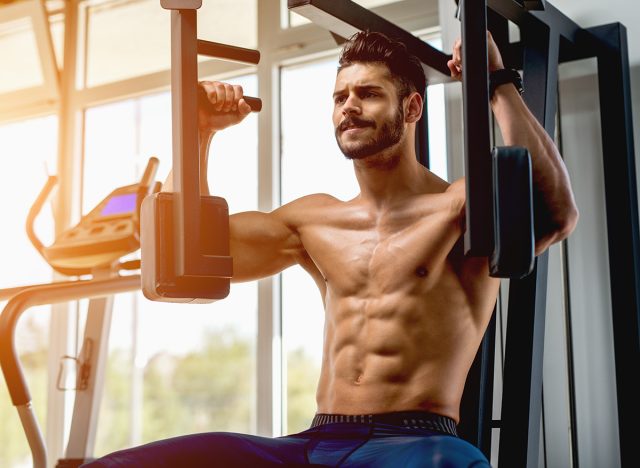
Visualize the muscles of your chest moving during the concentric and eccentric portions of the movement to deepen your mind-muscle connection.
Warm Up With a Light Weight
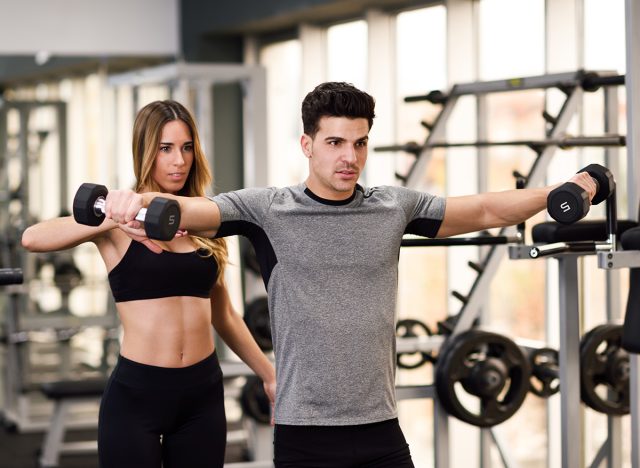
Always ensure you're properly warmed up before getting to working sets of chest exercises. I would advise against any deep stretching before training chest and instead advocate for 2-3 warm-up sets of the intended exercises with much lower weight and higher reps than what you actually intend to do. So warm up with a light weight and high reps to feel the burn in your chest before moving on to working sets.
Use an Appropriate Amount of Weight
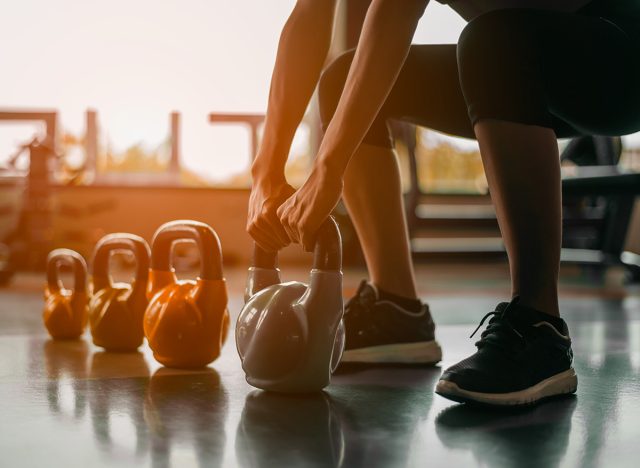
Use an appropriate amount of weight, something that allows you to feel in control of the weight for the entirety of the movement.
Use This Combo

Always combine a fly motion with a press motion on days when you're training your chest; this ensures that your chest is being worked through both ranges of motion for which it is responsible.
Related: How I Went From 3XL to XS and Lost 120 Pounds Naturally
Alternate
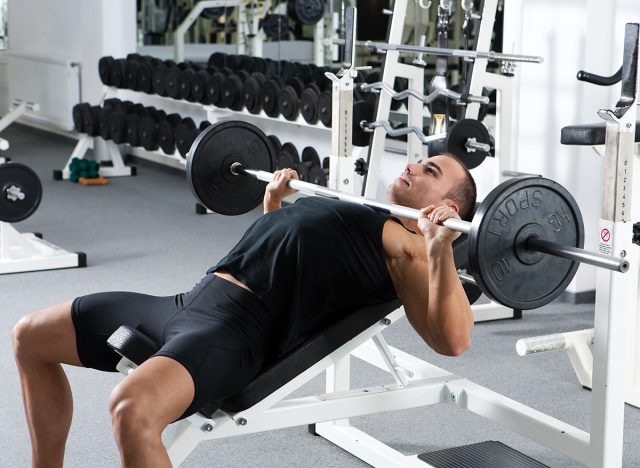
Alternate weekly with which motion you start with—for example week one you can start with cable flys then bench press, the following week start with bench press and then do cable flys.
Experiment

Experiment with different exercises, use different machines, try different bench angles, and practice using both a barbell and dumbbell.
My Top 3 Movements

After experimenting for years with different exercises, I've found that the top 3 movements that offer the biggest return for sculpting my chest are dips, incline bench, and cable flies. Dips are great as a bodyweight exercise and even better when you start adding weight to them, they're touted as being especially good at sculpting the lower part of the pec but for me they hit the entire muscle, and they hit it hard. An incline bench, especially with a barbell, has always been a favorite of mine. The stretch I get at the bottom of the movement is better than any of the benching alternatives. Finally, standing flys using a cable system, I've tried every position available on cable pulley machines, top to bottom, and have found the best one for me is the setting that would be closest to my middle finger if I stood in the middle with my arms outstretched and palms facing forward. No other movement comes close to the control offered by these when targeting the chest.
Related: 12 Ways to Turn Your Dadbod Into a Fit Bod
Avoid These Mistakes

The most common mistakes one might run into when training chest is sacrificing form to move more weight and allowing the secondary muscles to take control of the movement. Form is key not only in regards to safety but also for proper chest sculpting. While the former is self-explanatory, the latter ties into my previous point of establishing the mind-muscle connection with the chest. For longer than I liked to admit, when I just started lifting, I was doing chest exercises and only really utilizing secondary muscles like the triceps and shoulders. Developing that connection truly is step #1 in chest sculpting.
Protein Up
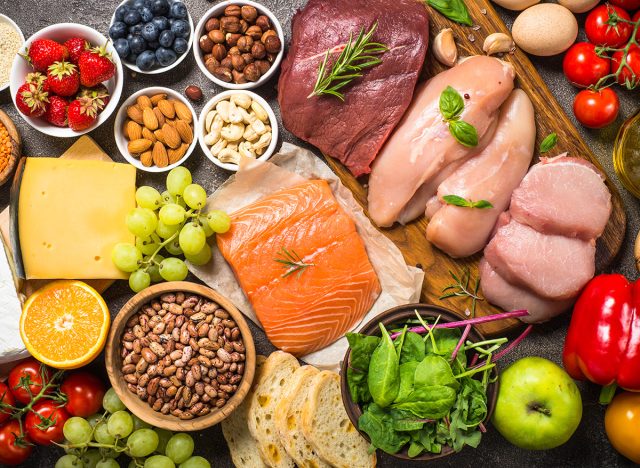
Make sure that you're consuming an adequate amount of protein to allow your muscles to recover from training session to training session properly. While it's normally advocated to eat a minimum of 1g per 1lb of body mass, it's certainly easier said than done. At minimum, shoot for 100gs of protein as a male and 80gs as a female, don't stop there, if you have the opportunity to have more do so, but also don't get hung up on thinking you need so much. As long as you have adequate nutrition throughout the day you'll be making progress like anyone else.
Track Your Progress

While tedious, tracking the weight used and the number of sets and reps you achieve during a workout is, without a doubt, the most effective way of tracking your progress. Although I've personally opted for a pen-and-paper route in the past, nothing is worse than opening your gym bag to realize you've lost your gym log. Simply using my phone has been my current strategy. Tracking also allows you to visualize your progress better and can be a useful tool when you inevitably hit a plateau. Life can't always be without its road bumps and the gym is no different, but seeing trends in your progress will allow you to approach your next session better. The easiest way to deal with a plateau is to back down with the weight and try to hit more reps, doing this for 2-3 sessions and then attempting more than your previous best.
Related: Top 10 Superfoods Every Man Should Eat for the Best Body
Final Word From the Trainer

Everyone's body is different. The worst thing you could do is get disheartened because something that worked for someone else doesn't work for you. Experiment with angles of exercises and different hand placements and focus on truly feeling your chest, even if it comes at the expense of using less weight. I've struggled with developing my chest for years, but once that light bulb went off, I was seeing more visible progress in months than I did in years.
John Kally is a Nutritionist and Coach with five years of experience as a Nutritional Therapy Practitioner and over a decade of experience in the gym.




